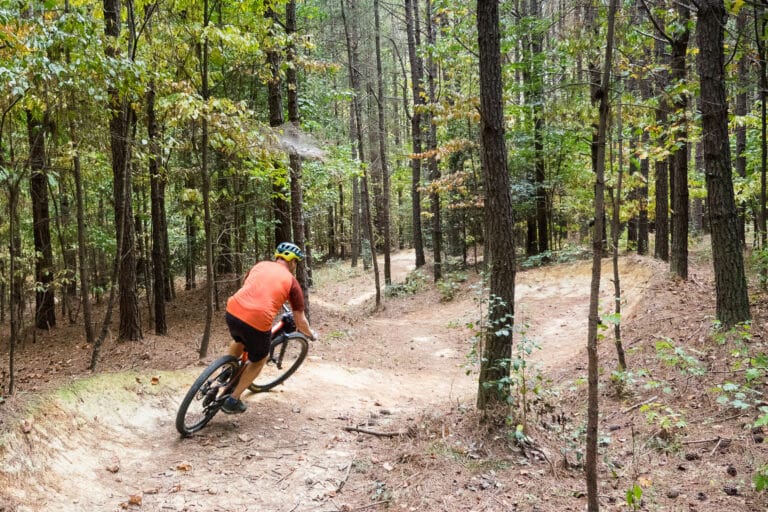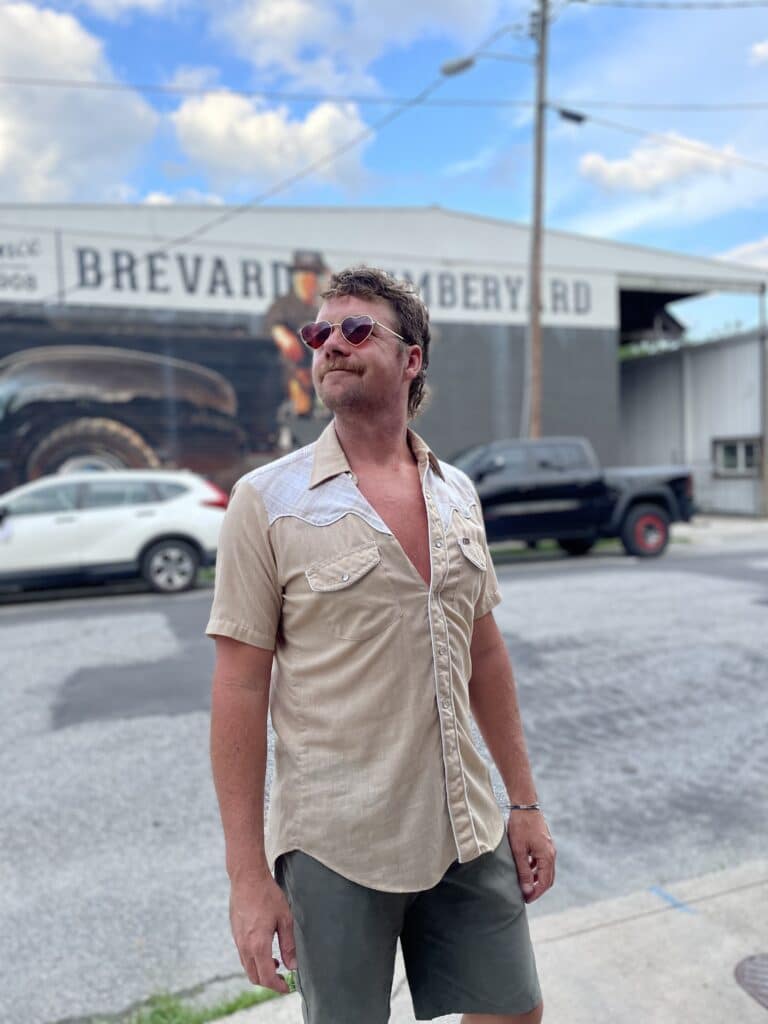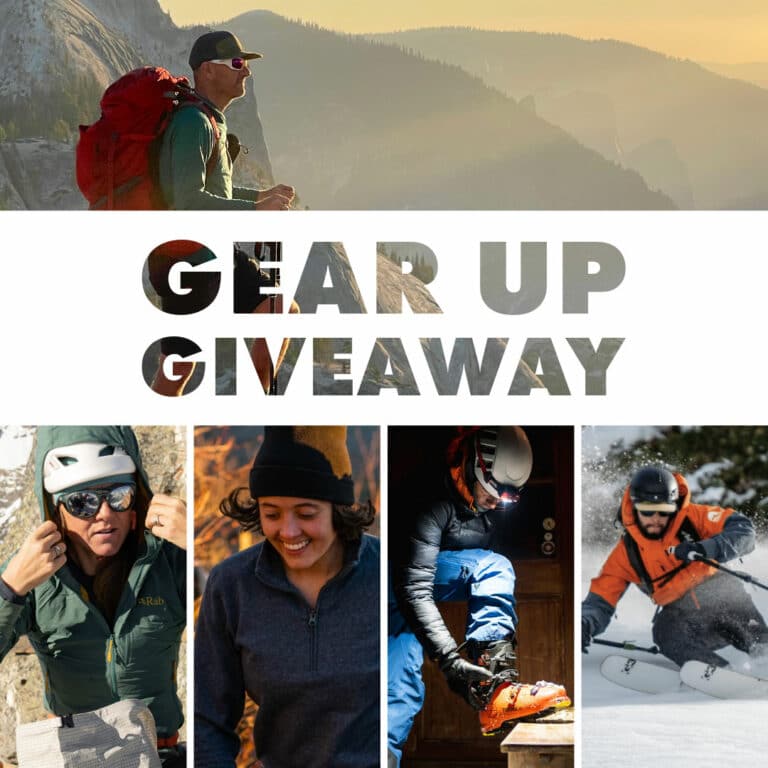By nature, outdoor adventure photographers are forced to contend with a variety of elements—time, weather, injury. Their subject matter is, at turns, thrilling and exotic, others, unpredictable and seldom perfect. It’s frustratingly rewarding, not unlike the journey into paid photography work itself.
Technology isn’t helping. Cameras and glass and storage are all cheaper, sure, but so are iPhones, which have suddenly made everyone a photographer. As Instagram continues to dominate the world of visual platforms, photographers are now, more than ever, treading that thin line between opportunity and skill depreciation. The allure of name recognition with brands often makes photographers question whether to settle for lower compensation, dare we say free, or risk compromising a future client altogether. Companies, in turn, begin expecting image rights on a low budget.
You get the picture. It’s no wonder aspiring photographers get bogged down in the hustle. Putting a price tag on your skillset is uncomfortable, valuing your images feels arrogant, and staking claim to your creative entitlement seems completely ludicrous.
Unfortunately, that’s what it takes, and as any of the following seven photographers will tell you, there is no one path to success. In fact, each of these regional adventure photographers has a very different, yet comfortingly crooked, path to where they are in their image-making careers today. The one consistent thread throughout? Just keep shooting. See what they have to say on getting the shot, and getting the client, in the 15 tips below.
1. Shoot, Shoot, Shoot
“Figure out how you can shoot as much as possible. Sitting at the desk isn’t going to make you better,” says Asheville-based commercial photographer and filmmaker Tommy Penick.
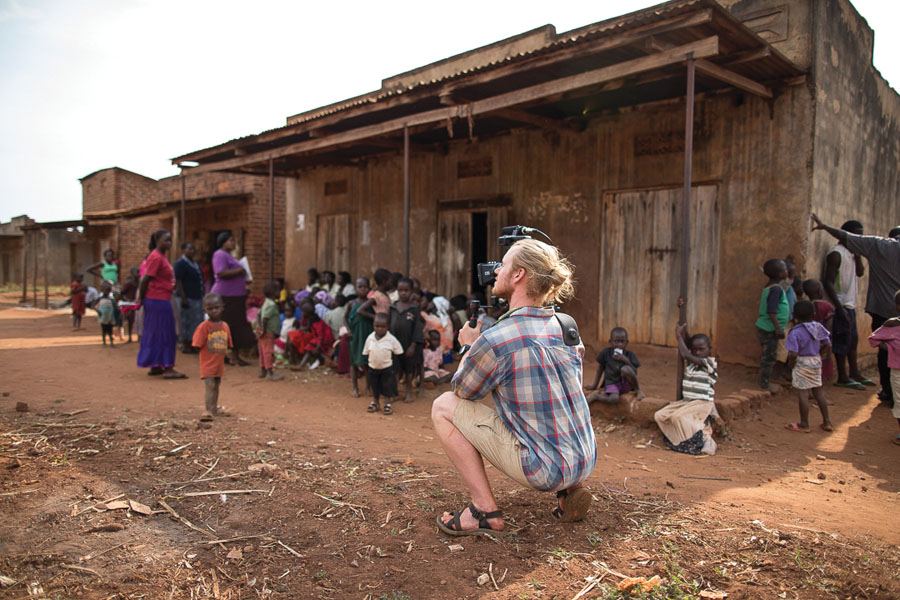
For Penick, 26, that meant giving up the comfort of a home for a 5×10 utility trailer and adopting life on the road. From Truckee, Calif., back to his hometown of Richmond, Va., Penick has photographed his way across the country and back again. He’s shot fraternity portraits, summer camp promos, and documentary work in third-world countries, not all of which ranks high on his dream list of projects.
But still, he’s shooting, which brings us to his second bit of advice—don’t be picky.
2. Don’t be Picky
“I need pretty images, I need good stories, I need something that’s fulfilling to me, I need cool experiences, and I need money. Those are the five basic elements I need to continue doing what I do,” Penick says. “That’d be really cool if all five of those were in the same assignment, but, at the end of the day, I just want to make pictures. I like shooting, even if it is something that’s kinda tedious or not exciting, like shooting headshots of a businessman or a talking head of someone addressing their company. I’m still lighting, I’m still shooting, I’m still framing, and that’s still way better than not shooting, which is the alternative.”
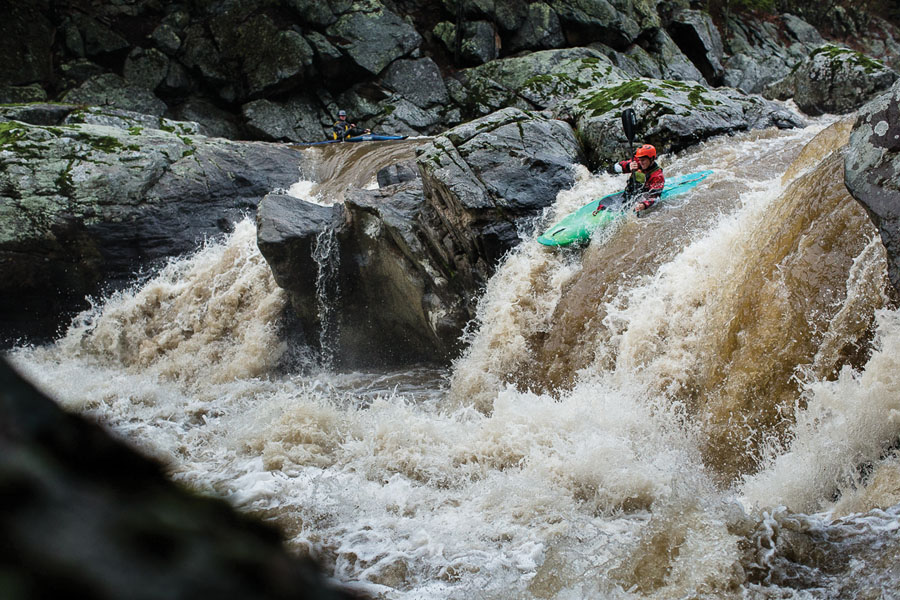
3. Forget the Gear
It sounds cliché, but it’s easy to get caught in the trap. You can take out loans, wallow in debt, and live on Ramen noodles all you want, but according to Asheville-based outdoor adventure photographer James Kearns, you don’t really need to in order to take memorable images.
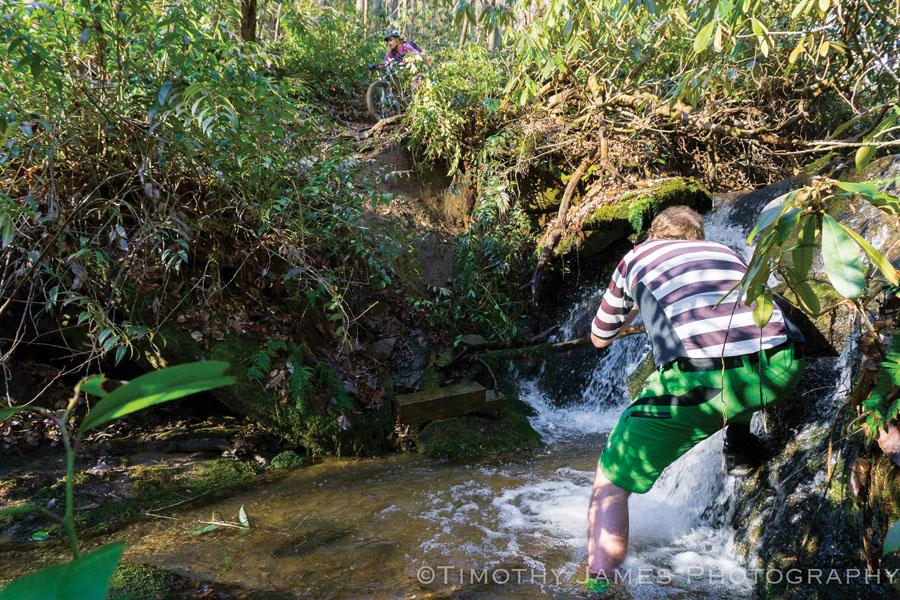
“The best camera you have is the one in your hands,” Kearns says. “You can have a $50,000 dollar lens and not know how to use it while I could take a beautiful picture just on my iPhone.”
The next time you say you can’t do a project because you don’t have the right equipment, think again.
4. Scout the Locations
Sam Dean of Roanoke, Va., knows what it’s like to work on the fly—the active outdoor lifestyle photographer got his start in photojournalism nearly 20 years ago, which took him around the world on a variety of assignments including a two-month stint covering the war in Afghanistan.
Still, Dean says one of the most important keys to setting yourself up for success is to scout not just the location, but also the lighting for your shoot.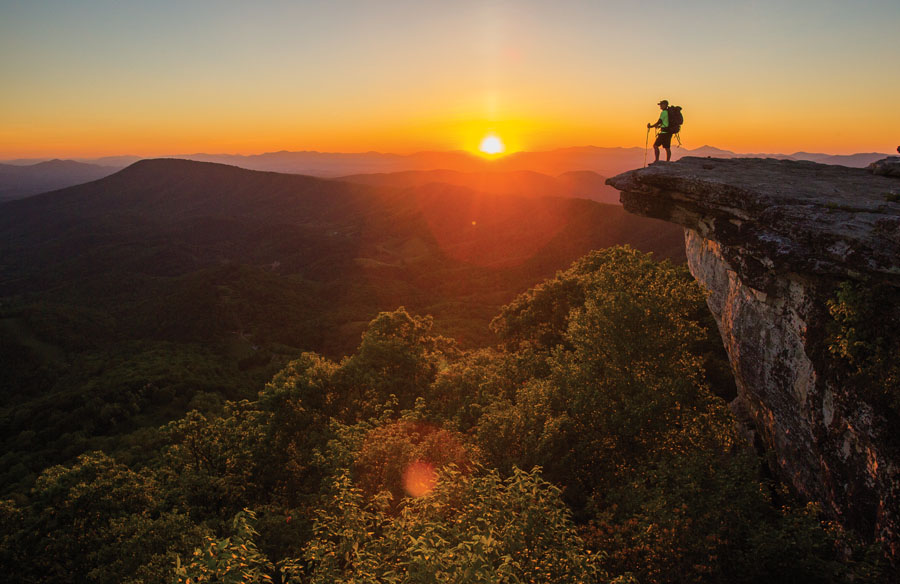 “You don’t just happen upon these beautiful scenes on accident,” Dean says. “There are those wonderful moments when you can get those shots, but try to scout the time of day that you want to shoot so you know where the light is going to be and plan as much as possible. When weather doesn’t cooperate, you just gotta roll with it.”
“You don’t just happen upon these beautiful scenes on accident,” Dean says. “There are those wonderful moments when you can get those shots, but try to scout the time of day that you want to shoot so you know where the light is going to be and plan as much as possible. When weather doesn’t cooperate, you just gotta roll with it.”
Which leads us to Dean’s second nugget of wisdom—just roll with it.
5. Roll with It!
Picture a cozy campsite, perfectly lit beneath a starlit sky. There’s a cheery family roasting marshmallows over the fire, their smiling faces bathed in the golden-warm glow of the flames.
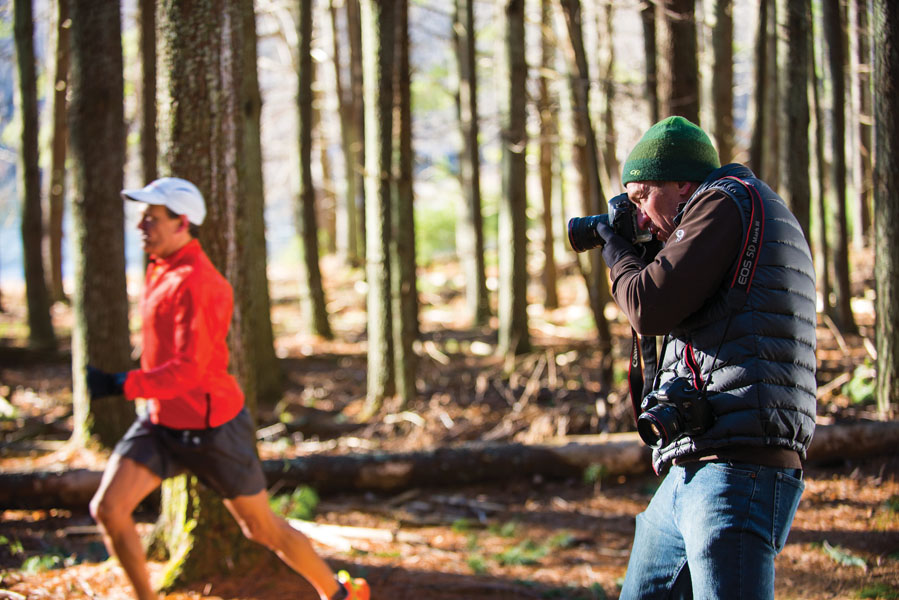
That’s precisely the vibe Dean’s tourism client was hoping to create when an unruly thunderstorm struck down on set. The storm eventually passed, but Dean’s client was convinced the shoot was a bust. Dean was left not only to create a warm-and-fuzzy vibe amid cold-and-soggy circumstances, but also to bolster the equally soggy attitude of his client.
“As lead photographer, you’ve got to set the tone and keep people upbeat, especially when conditions aren’t great,” he says. “Once their morale starts going south, then you’re definitely not going to be able to pull it off.”
6. Walk the Walk
Though Andrew Kornylak, 41, was a computer programmer before he made the dive into professional photography in 1998, he was always, first and foremost, a climber. By immersing himself in the climbing world, Kornylak made friends, learned the culture, and expanded his portfolio, all of which eventually culminated in some of his first published shots in Outside and Rock & Ice.
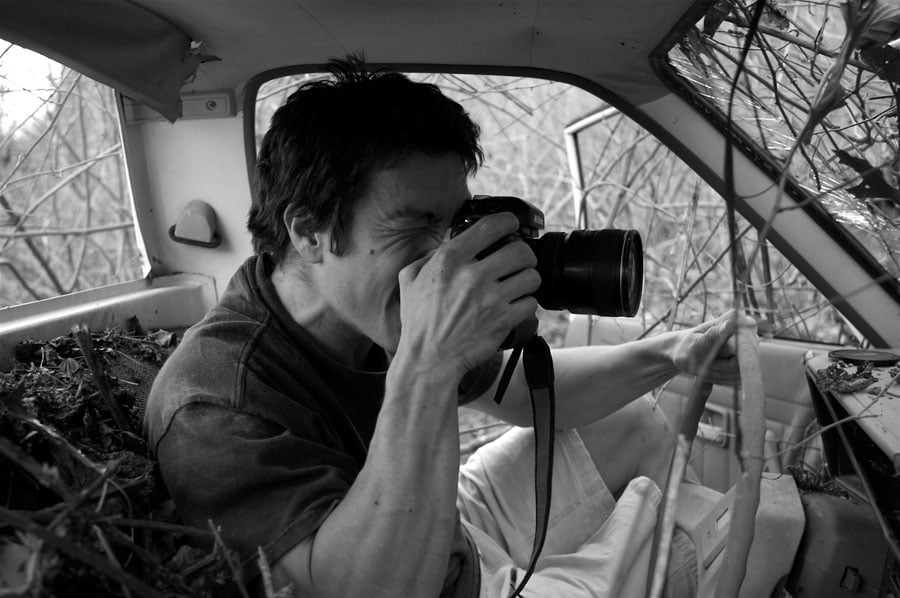
Nowadays, Kornylak’s portfolio includes much more than climbing. Since joining the agency Aurora Photos in 2003, Kornylak has accrued big name clients like Garden & Gun, NPR, Business Week, and the Wall Street Journal, which means the majority of his subjects are topics about which he knows little to nothing. For Kornlak, that challenge presents an opportunity.
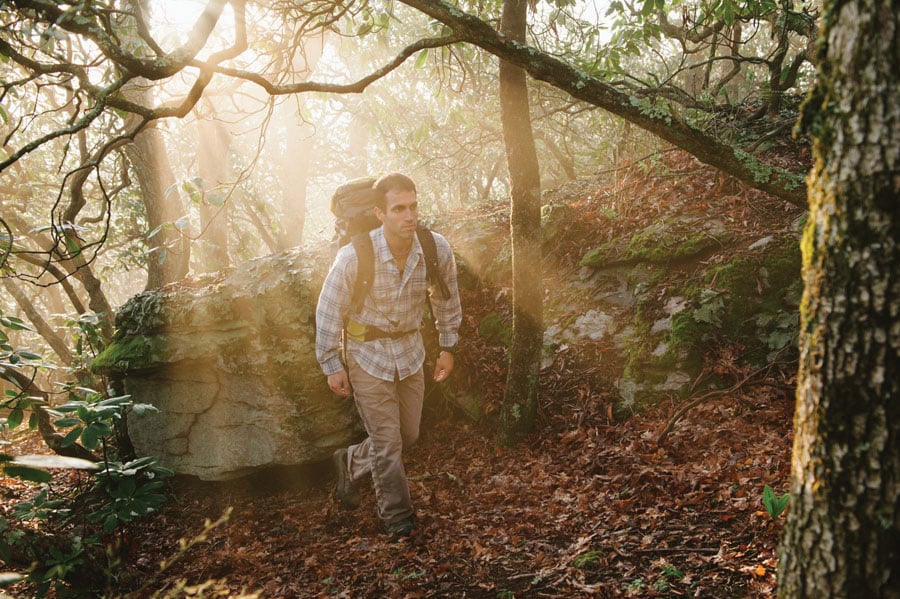
“When I get an assignment, I start learning as much as I can about that world or the people,” Kornylak says. “You end up putting a lot more time into an assignment than you’ve been paid for, but it’s going to make you approach the subject with more expertise and I think it’s going to make [the work you produce] better. It also enriches your life.”
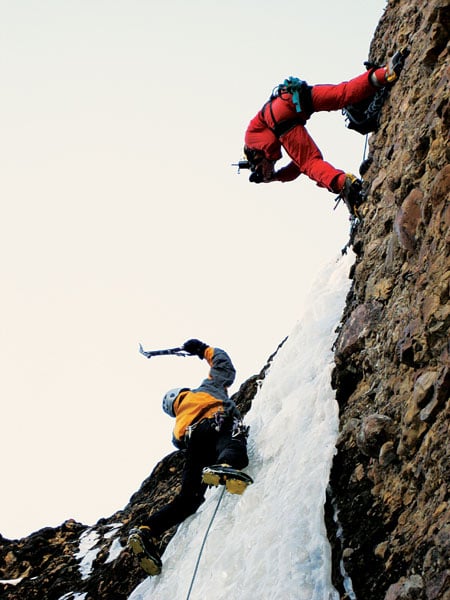
7. Diversify
Kornylak’s affinity for problem solving has landed him jobs shooting everything from bouldering to weddings, portraits, even bar mitzvahs. He says his ability to take on any topic, and the diverse portfolio that comes from that, has helped him continue to find work no matter where his life may lead.
“You never know what turns your personal life is going to take,” Kornylak says, referencing his own journey into fatherhood. “If you’re diverse and your personal life changes, you can still work and grow your career in new directions.”
8. Keep it Real
When it comes to being a photographer, Tim Koerber, 31, is about as laid back as they come. That’s because Koerber’s specialty is shooting mountain biking, and— let’s be real—he’d rather be on the other side of the lens.
“I try not to let the fact that I want to take photos get in the way of me having fun,” Koerber says. “There are a lot of rides where I bring my camera, but I won’t take it out. I’d rather be plugged in and present instead of always behind the viewfinder.”
Admittedly, Koerber says this mentality doesn’t lend itself to accumulating terabytes of images, if that’s what you’re after. Instead, Koerber finds inspiration in these outings, and often returns to trails and overlooks for future projects. It’s like scouting, only way more fun.
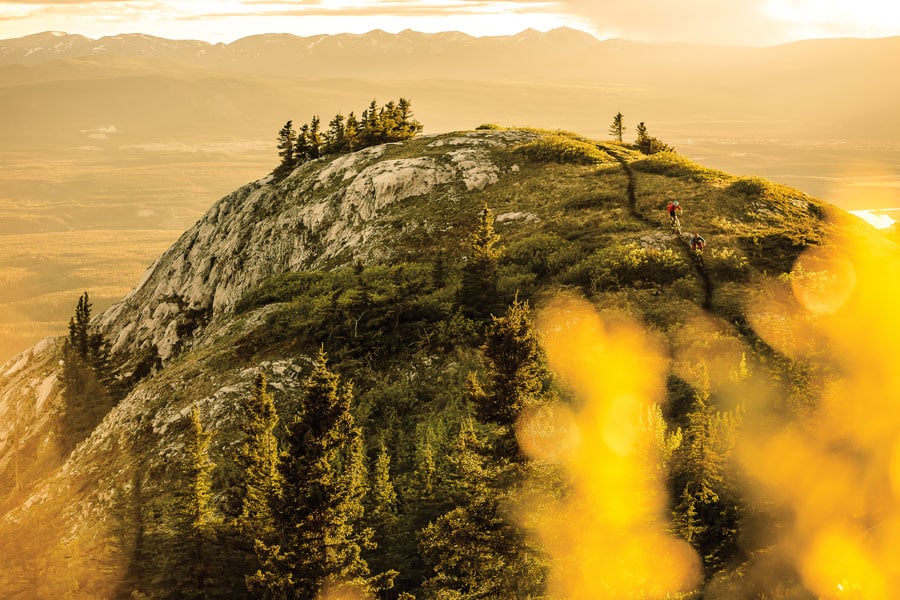
His work, which has been featured on PinkBike.com and most recently in Freehub Magazine’s Photo Book on Pisgah National Forest, has a gritty authenticity to it, probably because Koerber tries to get his shot the first time, or not at all.
“I don’t like making my rides about the photo shoot,” he says. “I want to make it about the ride. I don’t want to have someone push uphill 10 times. Your first take is the best take no matter what.”
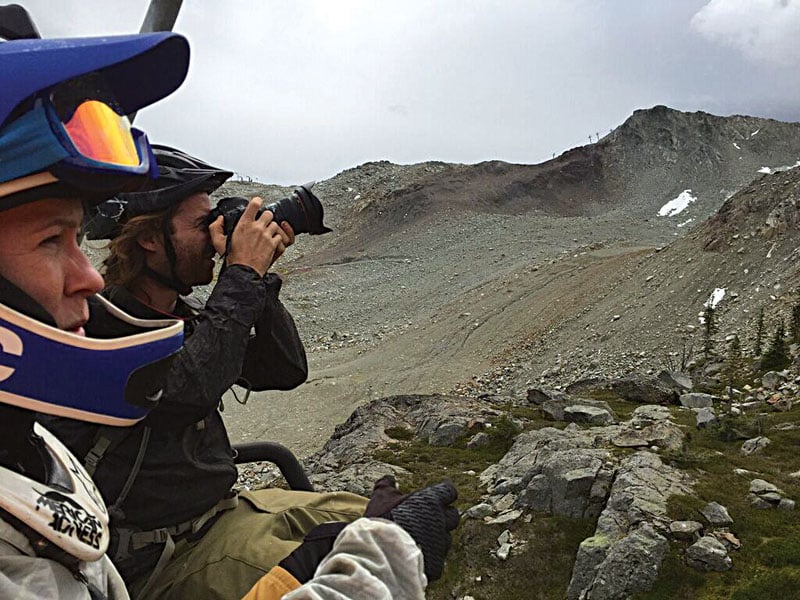
9. Make Pictures
At first glance, Derek DiLuzio’s path to the world of outdoor adventure photography seems…expected—ski bum goes to school, majors in recreation management, discovers photography as a complement to outdoor recreation, moves west, hustles it in Jackson Hole shooting athletes by day and waiting tables by night, lands a few catalogue shots for Patagonia. Most ski bums would be satisfied with the story ending there.
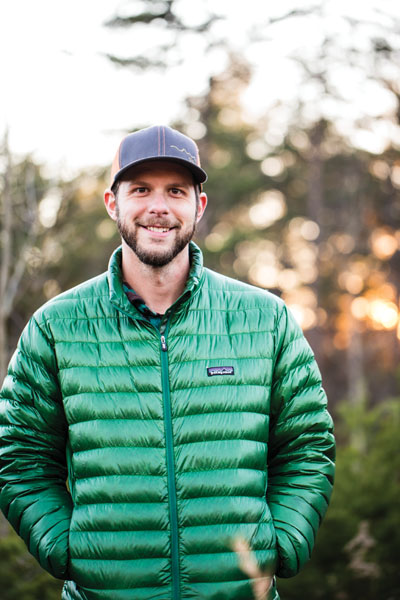
But for DiLuzio, who made the choice early on to be more than just a ski bum with a camera, the journey is a never-ending one that started with one important realization.
“It wasn’t merely about going out with people and taking pictures,” he says. “It was about going out with people and making pictures.”
10. Make Mistakes
Bring something new to the table, have a vision, make it happen. Seems straightforward enough, right? But like any well-intentioned plan, shit happens. In the world of photography, mistakes aren’t just par for the course—they’re encouraged.
“For me, when I shoot a picture, I want to shoot something that’s never been shot before, which means there’s going to be failure,” DiLuzio says. “That’s part of the creative process. I can’t tell you how many moments I’ve missed. It drives me crazy. They haunt me to this day. That’s what drives me to get back out and reshoot something.”
Penick agrees, adding, “to make an omelet you’ve gotta crack some eggs. You have to shoot stuff that sucks occasionally in order to keep moving forward.”
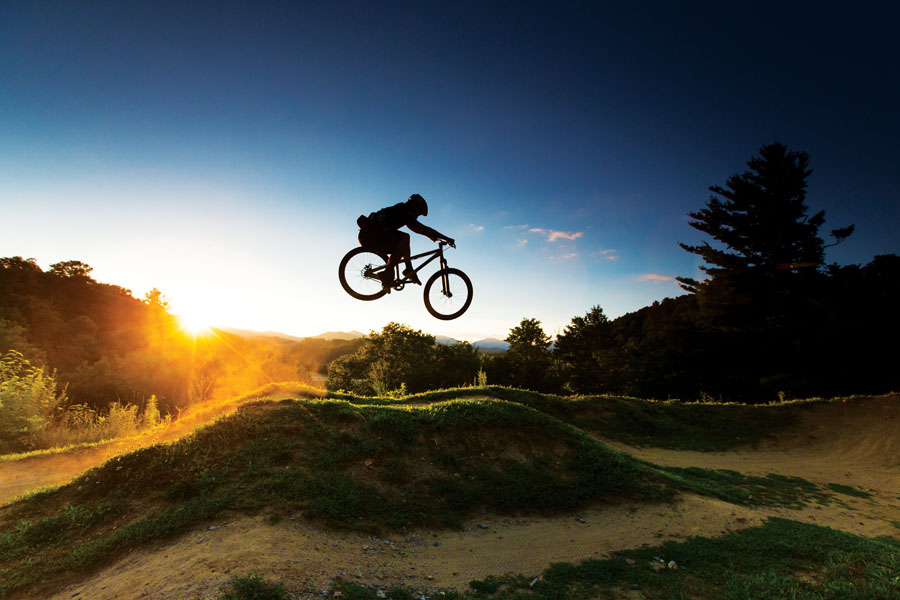
11. No Butt Shots
While making mistakes is allowed, taking butt shots is not.
Don’t know what a butt shot is? Stand at the base of a climb, point a camera up, and take a picture. That’s a butt shot, in other words—an easy shot that takes no creative insight whatsoever.
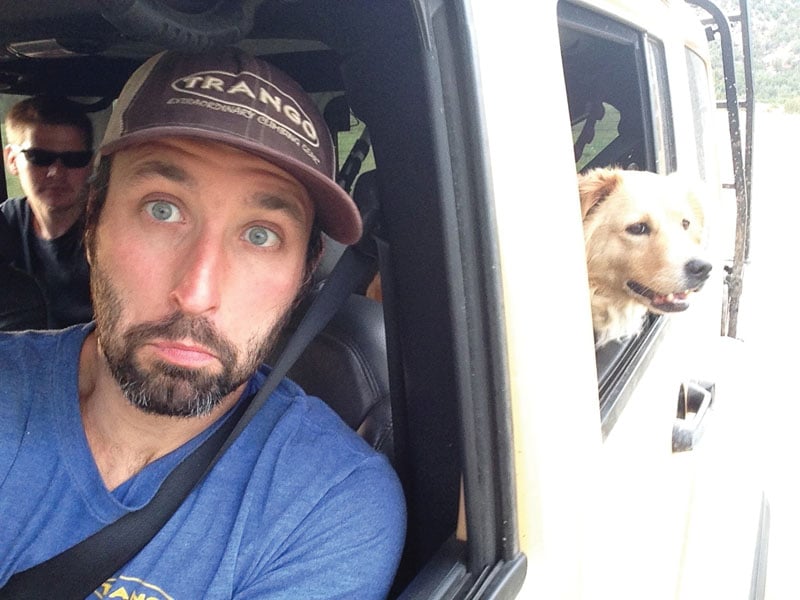
Dan Brayack out of Charleston, W.Va., prides himself on going beyond the butt shot. Brayack owns BrayackMedia Publishing, which specializes in producing climbing and bouldering guidebooks. He’s published and shot photos for the Rocktown, Grayson Highlands, and Rumbling Bald bouldering guidebooks as well as southern Illinois’ Jackson Falls climbing guidebook.
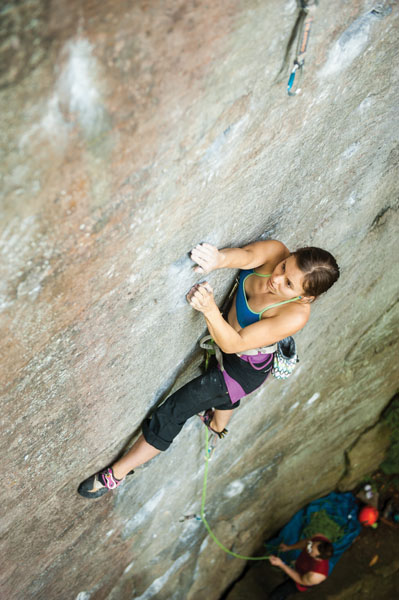
“The angle makes a big difference,” he says. “If you’re shooting routes, you really have to be hanging. With bouldering, it involves climbing other boulders or trees to make [the angle] unique. I don’t just shoot one angle and call it good. Instead of 300 images of the same shot, I’ll do it five times horizontal, five times vertical, and move to a new spot.”
#12
GO THE EXTRA MILE
Beyond putting in the effort to get a unique angle, Brayack says he also pays attention to the finer details, like what the subject is wearing.
“I only shoot blue, red, and green shirts. White and black and no-shirts are definitely no go and I don’t let people wear hats either.”
Brayack adds that, in order for your subject to really shine, pay attention to the background and use contrasting colors. So if you’re shooting on rock, avoid neutrals. If you’re shooting in a summertime forest, avoid green.
13. Be you Own Worst Critic
Don’t read this and immediately go tearing through your Lightroom library. Be a constructive critic with your work, not destructive. Look at each and every image honestly, without bias, and objectively, even if that means you don’t look at it for months. If nothing else, the process will help you hone your creative vision and prepare you for critiques down the road.
“I can derive little successes and little failures in one photograph,” Penick says. “I’ll say, ‘I lit this really well but I directed it like shit.’ There is so much more that goes into photos other than ‘the exposure is right.’”
14. Find a Mentor
Technical skills, interpersonal skills, organization, efficiency, networking. These are just a few of the many reasons you should reach out to, or shadow, photographers you admire.
“So much of my success early on was just that I got lucky and found people who were willing to share their knowledge on a one-on-one basis,” Kornylak says. “Technically speaking it’s not that hard to take pictures or video, but how you interact with a client, how you organize a shoot, what you do when something’s wrong, how you cold-call magazines, and how you submit…that whole world of building relationships is hard to learn unless you can just throw yourself into it or watch other people do it.”
15. Don’t be an Ass
No matter how well you can shoot a camera, no one’s going to hire you if you’re an ass. More importantly, your community of fellow photographers isn’t going to respect or support you, and in the world of photography, your comrades are everything.
“It’s not like it’s me against him,” Penick says. “It’s like us versus them. We’re all working together. Good photographers are going to be willing to talk and hang out and talk photo stuff.”
“Don’t come into it thinking you’re a super hotshot, because there are always photographers out there who are just as good as you,” Kearns adds. “A big part of my photography is helping others out. I once had an acquaintance be a dick about my questions, which was a huge driving force for me to show him I could do it anyway.”
[divider]Related Articles[/divider]

